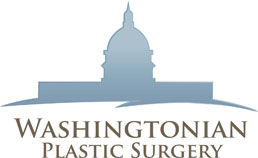When it comes to advertising cosmetic treatment, what avenues of social media are best?
Certainly we always hear about how Kim Kardashian’s Instagram inspired this or that cosmetic treatment trend, but does this hold up to empirical evidence? Let’s test it out.
Facebook Seems to Be King
Not surprisingly, when it cam to how many patients used and engaged, Facebook topped out the list, as it seemed to maximize usage by the age group of women most likely to be interested in plastic surgery.
By contrast, Snapchat was a form of social media with high engagement, but relative low use among patients, whereas YouTube was a high use, but low engagement platform.
Instagram was a clear runner up to Facebook, however. 30 percent of patients said they used Instagram daily.
Also of note was the relative unpopularity of Twitter as a platform. Despite the popularity of Twitter with surgeons sharing links to research, the platform had the lowest popularity with patients.
However, before you run out and start ramping up your Facebook ads, take note that a cosmetic surgery practice’s website seemed to have far more influence on users than even Facebook.
Only eight percent of patients said they were influenced by Facebook, while over half said the cosmetic practice’s website influenced them.
What Kind of Ads Did Best?
Not surprisingly, the most influential types of post categories were before and after pictures. Information about the procedures seemed to do well as well, with one-fourth of patients wanting to see them.
Didactic information seemed to do relatively poorly.
Overall, the information points to the fact that social media exists more as a medium to get patients to the practice’s website–which seems to gel with the traditional social media wisdom regarding cosmetic treatment.
Interested in knowing more about a cosmetic treatment? Call Washingtonian Plastic Surgery today to schedule your consultation with Dr. Navin Singh.



